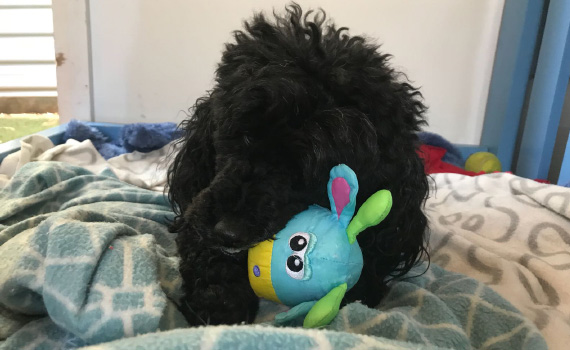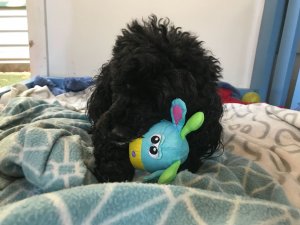COVID-19 restrictions are starting to ease. Many Australians will soon be back to their usual workplaces, leaving makeshift home offices behind. Those family pets that have grown so close to us, enjoying our extra attention, may well become anxious. This is “separation anxiety”. In this blog we’ll look at how you can help your pets cope through the day when you are not there.
Behaviours due to separation anxiety can include excessive barking, howling, scratching at doors or furniture, panting, pacing, or coprophagia (eating their faeces) or eating other non-foods.
Dog Training and Obedience are important, and best begun when dogs are puppies, helping them to learn from an early age that it is normal for their owner to sometimes leave the room or to leave home. For older dogs, there are still many things you can do to lessen separation anxiety and cope with absences.
Reward good behaviour. Ignore bad behaviour.
This is fundamental. It will help your dog to become more independent and to rely on its owner less for attention.
Counterconditioning
This involves helping the dog to associate something it fears, such as the owner leaving, with something positive. Each time you leave you could give your dog a toy with treats hidden inside. Playing with the toy in order to get the treats will distract the dog and provide an alternative focus to being ‘home alone.’ (See our blog Boredom Busters)
Exiting/returning routines
Getting a dog too excited and engaged before you leave can exacerbate separation anxiety. A better strategy is to give the dog little attention for up to 30 minutes before you leave, and then greet it calmly on your return, only giving more attention when the dog is also relaxed.
Habituation
Dogs love routine and notice routine actions (pick up the leash: that means a walk!). In the same way your dog will notice routines that are precursors to your leaving (picking up a briefcase or lunchbox, applying make-up) and this can trigger anticipatory anxiety. Look for strategies to demonstrate to your dog that these actions do not always lead to the same outcome. Simple examples are to pick up your keys and lunchbox and walk through the house to another room and leave them there. Or hang the leash over your shoulder while completing cleaning chores.
Dog Daycare
Following from the above, think about making dog daycare part of your routine or a welcome occasional outcome. The supervised social activity and outdoor adventure we offer at Dogdayz will be a boon to your dog’s physical and emotional wellbeing and will also demonstrate to your dog another and very positive outcome to the ‘Off to Work’ routine. Link to Daycare here.


